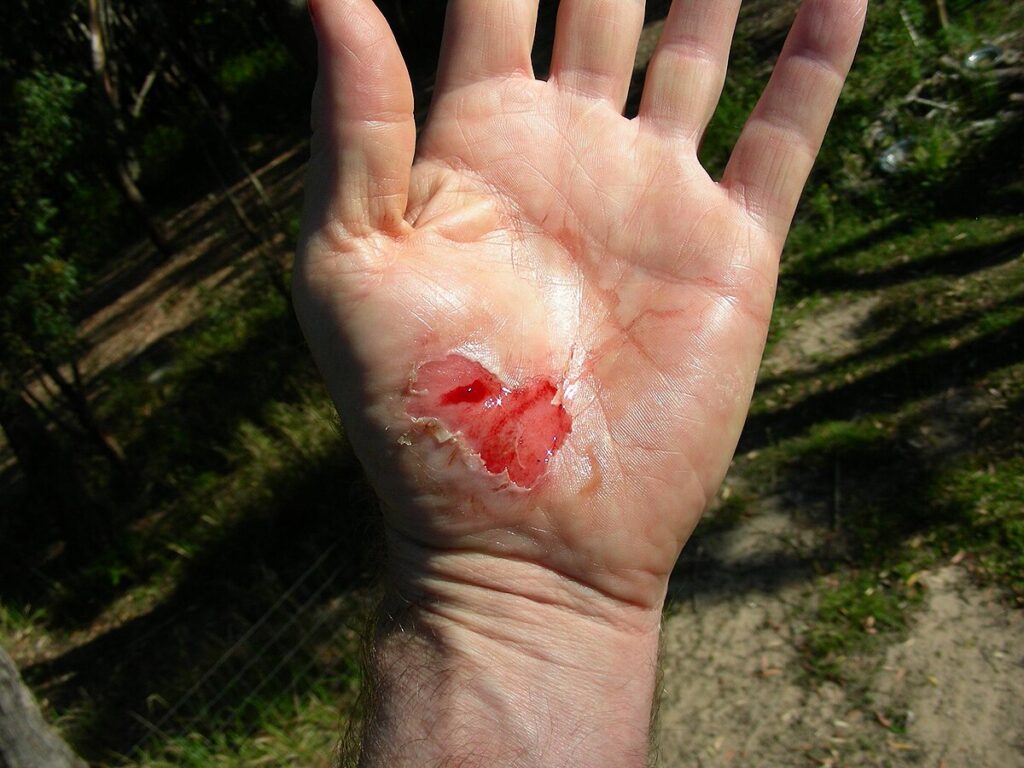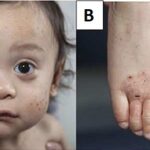Wounds are disruptions in the normal anatomical structure and function of the skin and underlying tissues, often resulting from physical injury, surgery, or medical conditions. Proper wound assessment and management are critical to promoting healing, preventing infection, and preserving tissue integrity.

Classification of Wounds: Acute vs Chronic
Acute Wounds
Acute wounds occur suddenly and typically follow a predictable and timely healing process. Examples include:
- Surgical incisions
- Lacerations
- Punctures
- Abrasions
- Burns (first or second degree)
Healing time is usually within 4–6 weeks, depending on the depth and location.
Chronic Wounds
Chronic wounds fail to progress through normal healing stages and persist beyond 6 weeks. Common causes include:
- Diabetic foot ulcers
- Pressure injuries (bedsores)
- Venous leg ulcers
- Arterial ulcers
These wounds require multidisciplinary intervention and long-term care.
Types of Wounds by Mechanism of Injury
Open Wounds
- Incised wound: Clean cuts from sharp objects.
- Laceration: Irregular tear-like wounds.
- Puncture: Deep, narrow wounds caused by pointed objects.
- Abrasion: Superficial damage from scraping.
- Avulsion: Tissue forcibly detached from the body.
Closed Wounds
- Contusions (bruises): Blunt trauma causing bleeding under the skin.
- Hematomas: Accumulation of blood outside blood vessels.
- Crush injuries: Damage from prolonged compression.
Stages of Wound Healing
Wound healing proceeds through a sequence of overlapping biological phases:
1. Hemostasis (Minutes to Hours)
- Platelet aggregation
- Clot formation
- Vasoconstriction
2. Inflammation (Hours to Days)
- Infiltration by neutrophils and macrophages
- Removal of debris and pathogens
- Redness, heat, swelling
3. Proliferation (Days to Weeks)
- Fibroblast activation
- Collagen synthesis
- Angiogenesis
- Epithelialization
4. Maturation (Weeks to Months)
- Collagen remodeling
- Scar tissue formation
- Restoration of tensile strength
Factors Influencing Wound Healing
Intrinsic Factors
- Age
- Nutritional status
- Comorbidities (e.g., diabetes, vascular disease)
- Immune function
Extrinsic Factors
- Wound infection
- Pressure or mechanical stress
- Moisture balance
- Medications (e.g., corticosteroids)
Signs of Wound Infection
Recognizing infection early is critical for effective management:
- Increased pain, redness, swelling
- Pus or foul-smelling discharge
- Delayed healing
- Fever or chills
- Warmth around the wound site
Wound Assessment and Documentation
Accurate documentation enables effective monitoring and treatment planning:
- Wound type and location
- Size (length × width × depth)
- Wound bed appearance
- Exudate amount and type
- Signs of infection
- Surrounding skin condition
Principles of Wound Care and Treatment
Cleansing and Debridement
- Irrigation with saline or antiseptic
- Mechanical, enzymatic, or surgical debridement to remove necrotic tissue
- Maintain a clean wound environment to reduce microbial load
Dressings and Topical Therapy
Dressings should maintain moisture balance, protect from contamination, and support healing:
- Hydrocolloids
- Hydrogels
- Foams
- Alginate dressings
- Antimicrobial dressings for infected wounds
Advanced Modalities
- Negative Pressure Wound Therapy (NPWT)
- Hyperbaric Oxygen Therapy (HBOT)
- Skin grafts and bioengineered tissue
Special Considerations in Wound Management
Diabetic Ulcers
- Offloading with specialized footwear
- Tight glycemic control
- Routine foot inspections
Pressure Injuries
- Frequent repositioning
- Pressure-relieving mattresses
- Nutritional supplementation
Surgical Wounds
- Sterile technique during dressing changes
- Suture and staple care
- Monitoring for dehiscence or seroma
Wound Healing Complications
- Infection
- Dehiscence (wound reopening)
- Hypertrophic scars and keloids
- Chronic non-healing ulcers
- Osteomyelitis (bone infection) in deep wounds
Preventive Measures for Wound Development
- Adequate nutrition and hydration
- Smoking cessation
- Good hygiene and skincare
- Regular mobility for bedbound patients
- Early management of minor wounds to prevent complications
Future Directions in Wound Healing
Emerging treatments aim to enhance healing outcomes:
- Growth factors (e.g., PDGF, VEGF)
- Stem cell therapy
- 3D bioprinted skin
- Smart dressings with real-time monitoring capabilities

